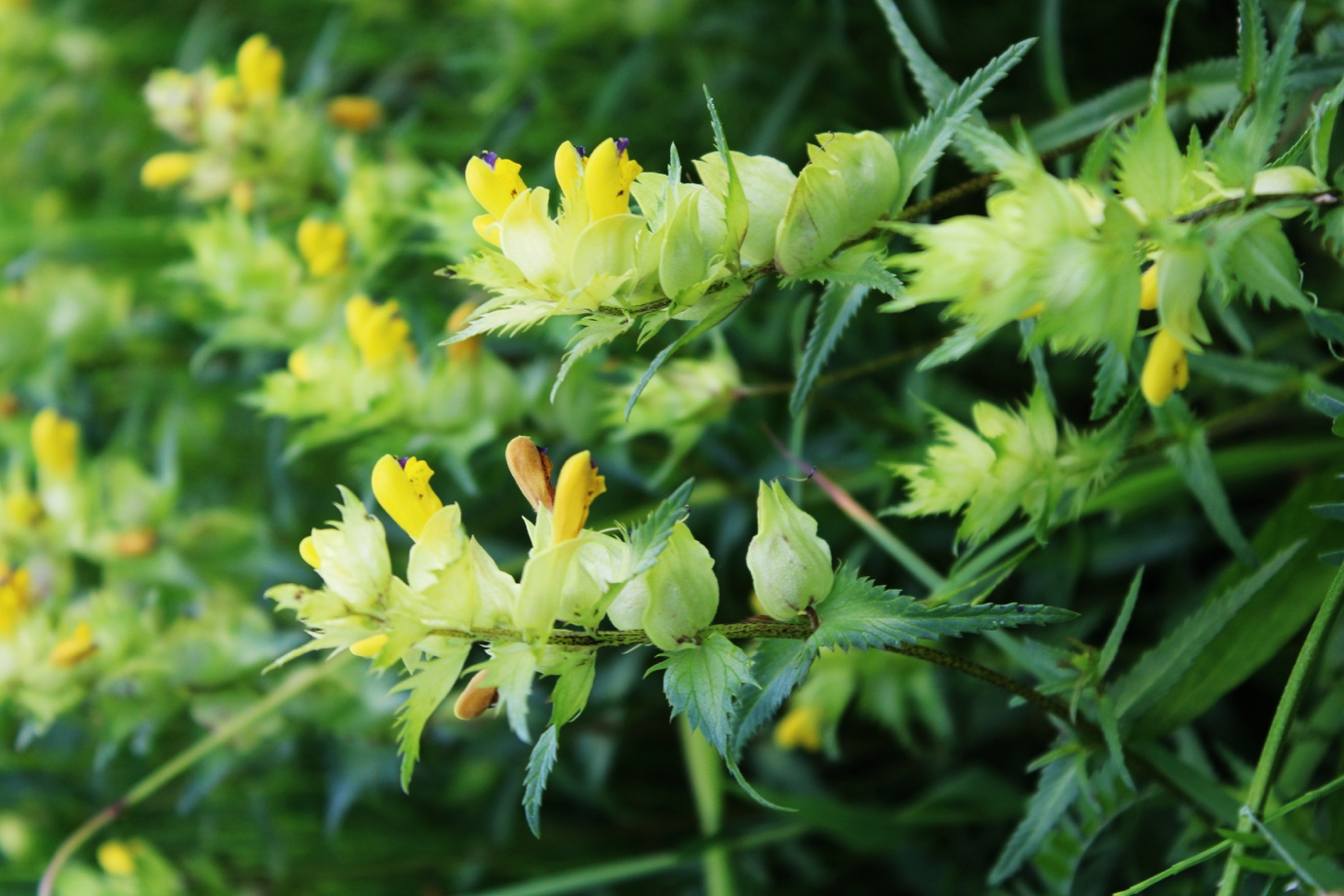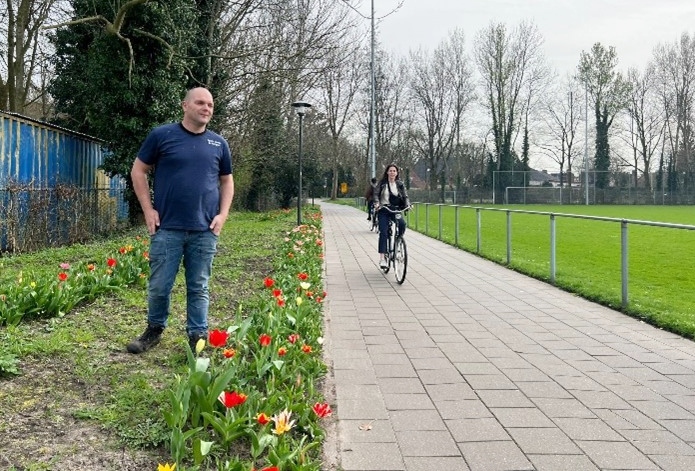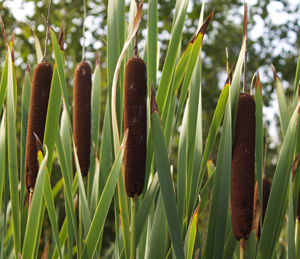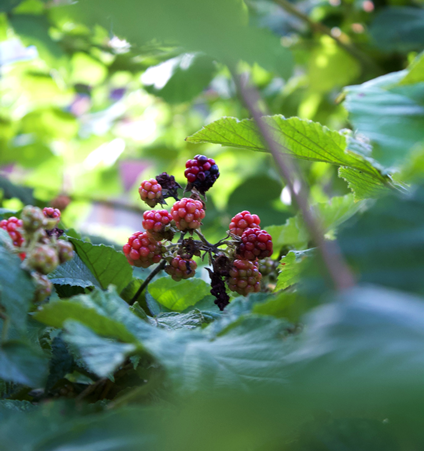Common name: grote ratelaar (Dutch), greater yellow-rattle
Scientific name: Rhinanthus angustifolius
Flowering time: June to August
Where to see it: In the garden at Lumen
‘This flower is named after the likeness of its fruits to a baby rattle. There are three species in the Netherlands, but this is the only species on campus. R. minor (yellow rattle) grows mainly in the dunes of the Netherlands and in South Limburg, whereas R. alecterolophus (the hairy rattle) is restricted to South Limburg, where it grows alongside many other rare species.
All three species are semi-parasitic, which means that they only partly make their own food (with their chlorophyll). The rest of their food comes from a host, in this case grass roots.’
Mowing help
‘A big task in nature conservation is trying to keep the areas appropriate for natural species. One of the efforts nature conservationists have to make is to mow meadows because this removes minerals and fertilizers which come from outside the system. This yellow rattle is kind of a “free aid to nature conservationists”, because it kills grasses and in doing so reduces the need for mowing.
You might see huge fields of these species in protected grasslands, but there is a concern. The species is annual and the seeds don’t survive longer than one year, so every year this species needs sites that are open enough for the seeds to germinate. If you’re interested in finding these flowers on campus just follow the bumble bees, the flowers most frequent pollinator!’
This series is produced by student editor and Master’s student of Plant Breeding Julia van der Westhuyzen (photos and text) and Professor of Plant Ecology Joop Schaminée (stories).

 The greater yellow-rattle in the garden at Lumen. Photo Julia van der Westhuyzen
The greater yellow-rattle in the garden at Lumen. Photo Julia van der Westhuyzen 

